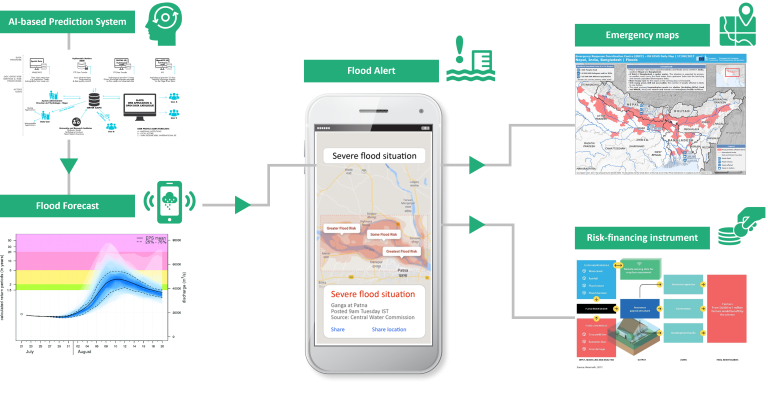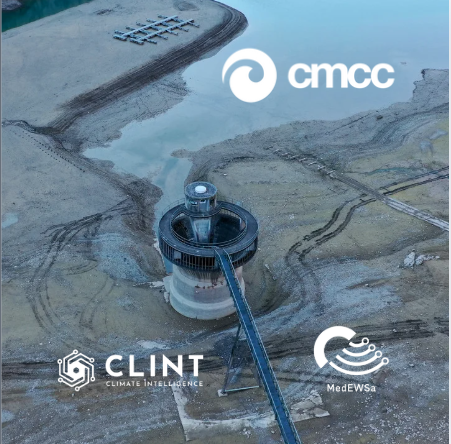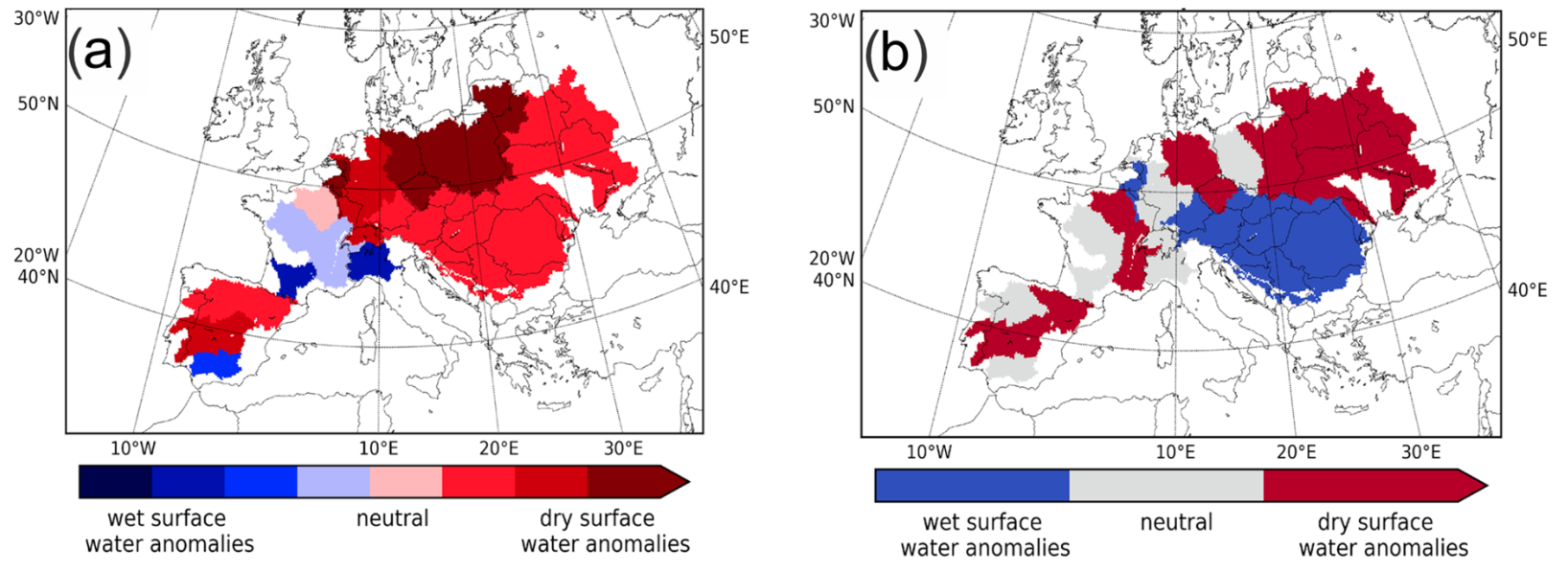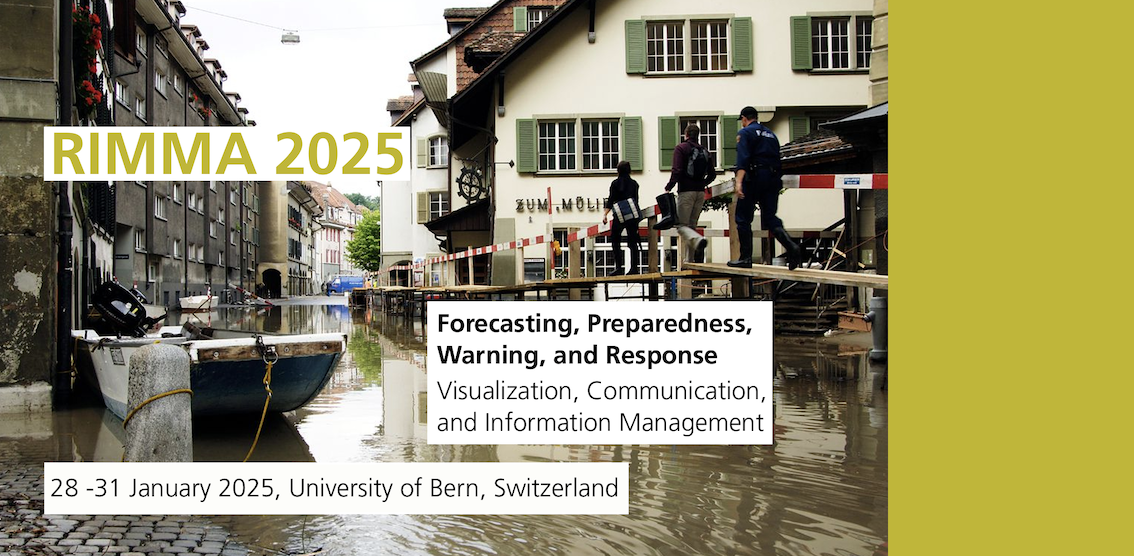WMO is seeking to drive digital transformation by exploring the use of emerging technologies such as Artificial Intelligence (AI), drones, Metaverse, Digital Twins, Internet of Things (IoT) and others in the hydrological domain. Over the last two decades, disasters have claimed nearly 1.23 million lives, impacted livelihoods and cumulated trillions in economic losses, resulting in the destabilization of the socioeconomic fabric of many countries and regions. Floods have doubled in frequency over the last 20 years, becoming the one of the most frequent causes of disaster. The resulting loss of human lives and extensive damages are bringing about long-term and far-reaching changes to economies and migration patterns. The recent floods in Libya, Pakistan and Germany offer examples of the devastation. Droughts, on the other hand, are slow onset events with impacts that become visible over time: aggravating poverty and hunger while also affecting ecosystems in the long-term through desertification, biodiversity loss and wildfires. The Drought in Numbers report notes that more than half a million lives were lost due to droughts between 1970 and 2019. WMO recognizes that the emergence of frontier technologies could have a transformational impact flood and drought disaster risk management.
The Focus Group on AI for Natural Disaster Management, a collaborative effort between WMO, International Telecommunication Union (ITU), and United Nations Environment Programme (UNEP), has been instrumental in exploring the potential of Artificial Intelligence (AI) in predicting and supporting disaster risk reduction efforts. MedEWSA (Mediterranean and pan-European forecast and Early Warning Systems for natural hazards), one the projects of the Focus Group, leverages AI for early warning and risk analysis to enhance resilience in the face of disasters.
Early Warning Systems (EWSs) are vital to reduce and mitigate the adverse impacts of natural hazards such as floods and drought. However, the onset of climate change is disturbing existing weather patterns and exacerbating extreme phenomena, leading to longer, more intense dry periods and increases in the frequency of severe floods. This poses a challenge to the existing EWSs in terms of detecting these hazards and their impacts. But emerging technologies can play crucial role in strengthening the four pillars of the Early Warnings For All initiatives: disaster risk knowledge, observations and forecasting, dissemination and communication, and preparedness and response.








